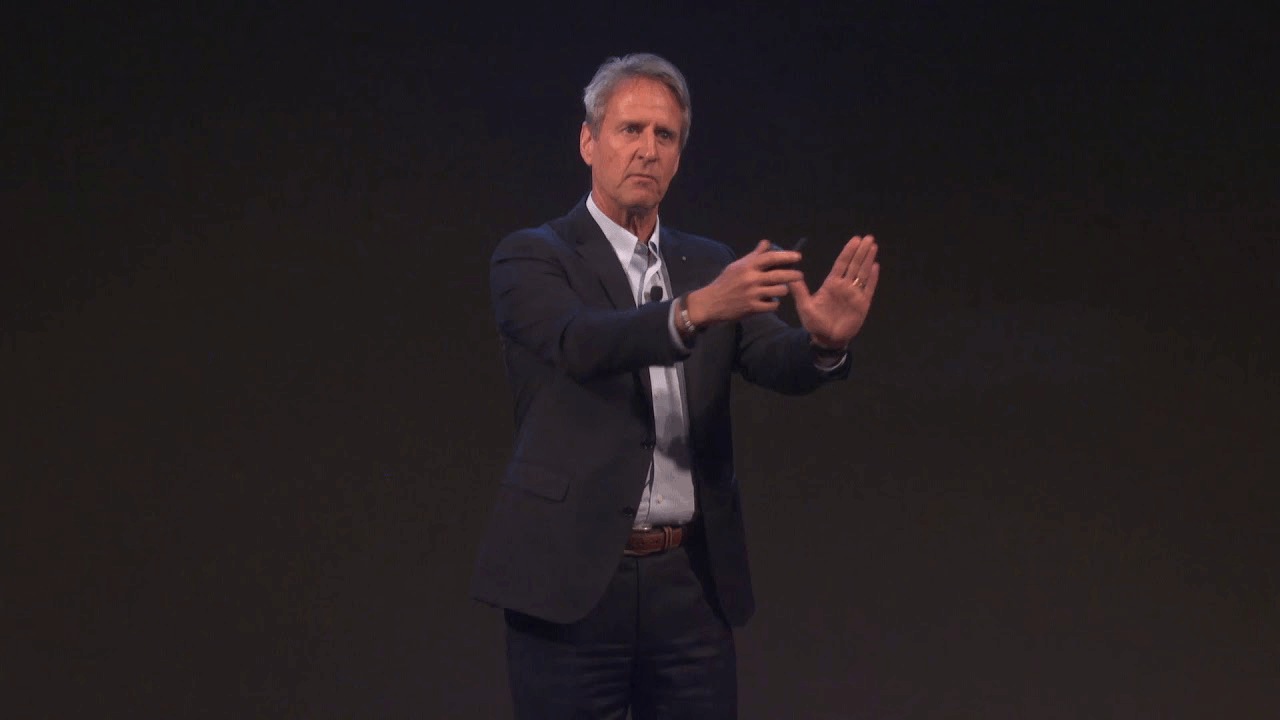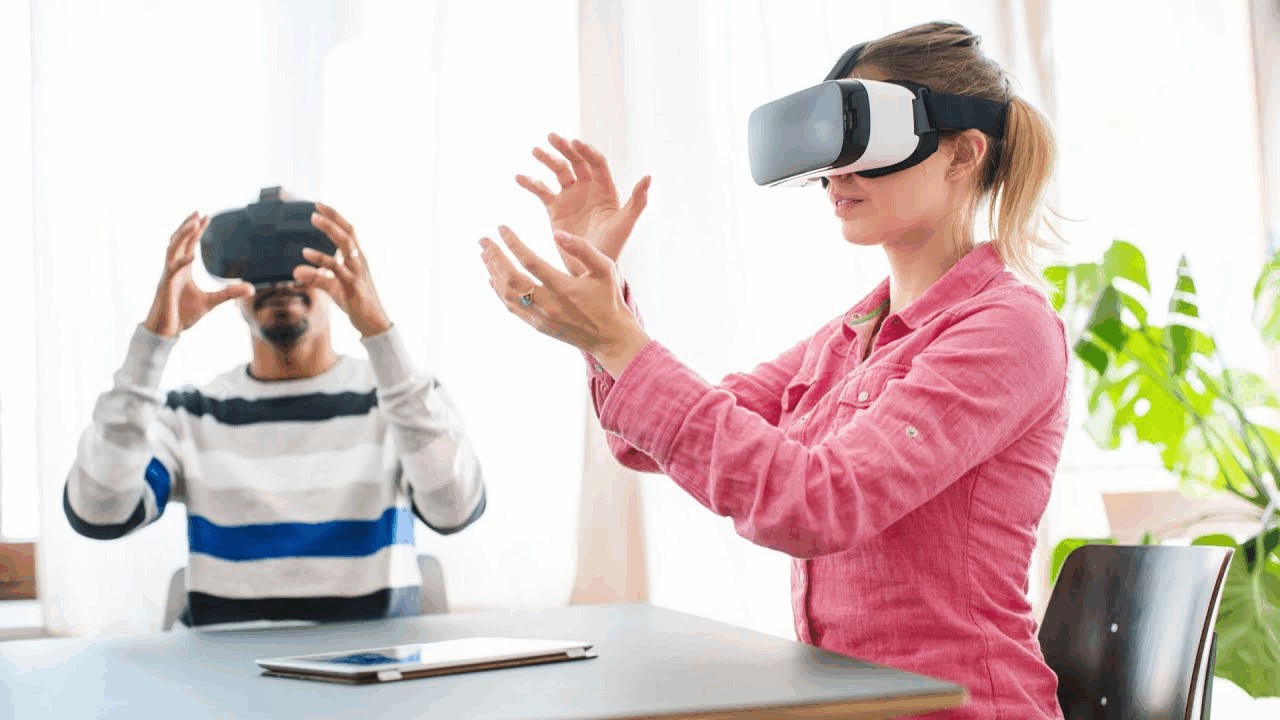Are drones flying cellphones?

In the first of two articles, Telstra’s Chief Technology Officer Håkan Eriksson shows how to take advantage of the biggest technology trends to create new business opportunities.
Drones
Drones have been around for a number of years in some sectors but they have reached the mainstream, now that they are small and affordable enough for consumers to own. Estimates suggest that by 2021 there will be 3.5 million non-commercial drones operating in the US alone, and the number operating in Australia is predicted to double in 2017.
The range of use cases is growing too, and moving well beyond military and entertainment niches. This summer, for example, we partnered with the team at Little Rippers Lifesaver on a pilot program to demonstrate how drones can save lives on Australia’s beaches. Between 1st January and 14th February this year, the program helped to save 21 people. We also deploy drones during our day-to-day operations to inspect towers and base station assets. Using drones in this way reduces risks for our engineers and makes it easier for them to do their jobs.
We have only scratched the surface potential of drones and as we delve further into the possibilities, we need to do so with care. The proliferation of remote-controlled unmanned aerial vehicles, most of which come equipped with cameras, raise questions about privacy and safety.
This is where companies like Telstra can add value. Drones can be tracked and controlled via mobile networks. By combining network reach with location mapping and regulatory or operational policies, we will be able to restrict drones from flying over private residences or sensitive locations, and disable the camera from capturing shots. Such control will help build confidence that drones are being used responsibly, enabling us to extend their utility and create new business use cases.
Virtual and augmented reality
Virtual reality (VR) is another technology that has been around for a long time but is finally evolving beyond an unwieldy arcade game novelty. While entertainment is still a major part of the allure of VR, we are seeing a variety of business use cases emerge. For example, our Project Safe Miner leverages VR technology to provide safe training spaces for the resources industry. The same principle can be applied to other occupations such as flight crew or surgery where intensive training is required before going into the field.

Augmented reality (AR) has also exploded onto the mainstream, thanks in large part to mobile games such as Pokémon Go. However, innovative organisations are launching new AR-enabled apps and services every day. Now consumers can see how their home furnishings look before they buy and workers requiring more information before attempting complex tasks can receive contextual information when they need it most. An example could be a Telstra worker tracking a problem in a large data centre, using AR glasses to guide him to the right rack and the right device, to find the failed component. Another initiative delivers an application that enables customers to overlay our set-up guides onto their own devices, providing them with a better installation experience and streamlining our support.
Telecommunication service providers will be crucial in meeting the demand for AR and VR services. Contextual information relayed in real time through augmented reality requires low latency and reliable connectivity. And for VR to become truly compelling, you need super high resolution content and a network with the bandwidth and speed to deliver it without lag or interruption.
There’s more to come…
These are only a few examples of how we are using these exciting new technologies. However, they illustrate the possibilities that drones, VR and AR offer our industry right now. As the technology continues to evolve, the potential is almost endless, and we are committed to helping our customers seize these opportunities wherever they arise.
